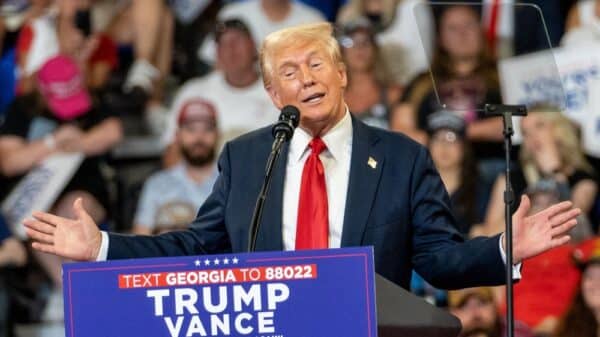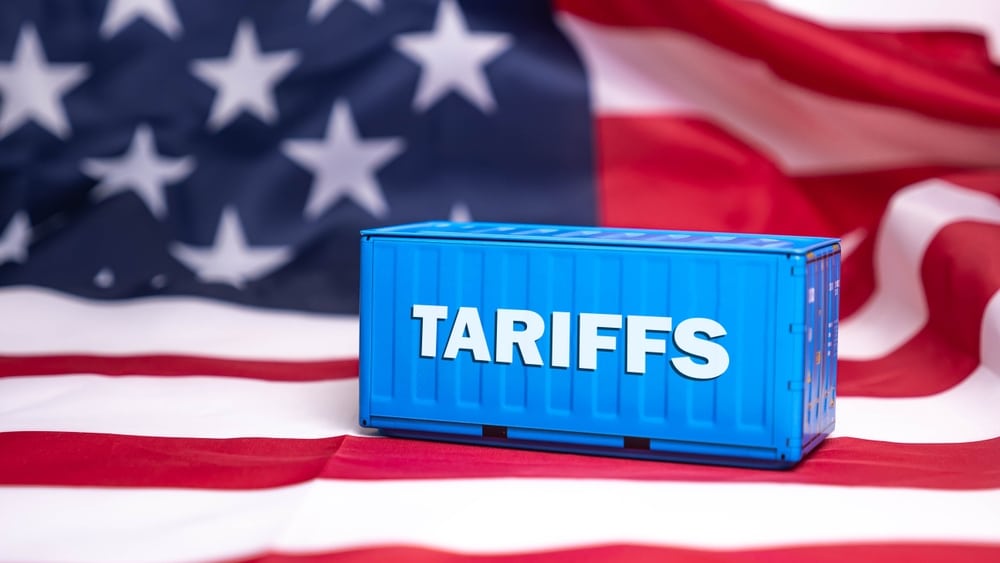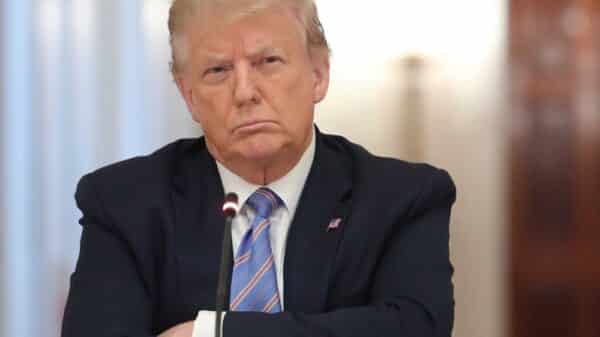European officials are finding themselves increasingly accepting of a proposed 10% baseline tariff on “reciprocal” tariffs—that is, the duties imposed on one another’s exports—during the ongoing trade negotiations between the United States and the European Union. This situation, as reported by several sources close to the matter, reveals just how complex and high-stakes these trade talks have become in early 2025.
President Donald Trump has been at the forefront of implementing broad tariffs against U.S. trading partners, with the aim of addressing the significant trade deficit that the U.S. experiences with the EU. U.S. Commerce Secretary Howard Lutnick has clearly stated that a 10% baseline is non-negotiable for these so-called reciprocal tariffs that encompass a broad range of goods flowing from Europe to the United States.
While EU negotiators continue to push for a lower tariff rate, sources indicate that this has become increasingly difficult. One European official, speaking on strict conditions of anonymity, explained that as the U.S. begins to collect revenues from its various tariffs, negotiating down from that 10% threshold “has become a sticking point.” This official expressed concern over how this revenue collection is complicating discussions: “We’re applying pressure, but they’re benefiting monetarily from this arrangement.”
Adding to the complexities, one EU source acknowledged that while the bloc hasn’t explicitly accepted the 10% rate during negotiations, they also felt that altering or eliminating that baseline was going to be a formidable task. The European Commission, which handles trade agreements for the EU’s 27 member states, did not respond to requests for comments, nor did the U.S. government.
Interestingly, recent statements from EU representatives indicate a firm stance against a double-digit baseline rate. The sentiment mirrors concerns voiced by Britain, which reluctantly accepted a limited trade deal in May that retains a 10% tariff on certain goods but cuts rates on steel and cars.
In contrast, the U.S. has imposed steep tariffs of 50% on imported steel and aluminum, along with a 25% levy on cars, as part of its protectionist strategy. The looming deadline of July 9 adds urgency; if a deal isn’t reached by then, reciprocal tariffs on most goods could soar from 10% to as high as 50%.
What’s at stake? The EU’s annual trade surplus with the U.S. was a staggering $236 billion in 2024, putting them at significant risk compared to non-EU member Britain, which is experiencing a trade deficit. Trump has remarked that he intends to use the revenue generated from these tariffs to fund sweeping tax cuts and other spending initiatives. In his view, the EU isn’t offering a fair trade deal.
Meanwhile, the discussions have also touched upon non-tariff barriers, ranging from digital services taxes to regulations concerning corporate sustainability, showcasing the multifaceted nature of these talks.
The broader economic impact is evident. The sweeping tariffs introduced by Trump have left many businesses in turmoil, leading some to either withdraw their financial forecasts or abstain from making public projections altogether. European automotive manufacturers have suffered particularly—Mercedes, Stellantis, and Volvo Cars have all pulled back on their earnings guidance for the upcoming years.
One automotive executive pointed out that while premium brands could handle a 10% tariff, it would pose a far greater challenge for manufacturers catering to the mass market. The U.S. has cited national security as the rationale for these tariffs, and there are ongoing investigations into various sectors that could result in additional duties—an outcome that EU officials are adamant they will resist.
Recent comments from Trump suggested that new tariffs on the pharmaceutical sector are “coming very soon.” Yet, the European Commission is reportedly pushing back against these targeted tariffs, explaining that while they don’t want to accept a baseline of 10%, doing so might provide them with some leverage in negotiations.
Despite the tension, some industry representatives are willing to entertain a deal at the 10% mark rather than endure lengthy negotiations. For example, Rob van Gils, CEO of Austria’s Hammerer Aluminium Industries, mentioned, “Whether it’s 0% or 10%, if applied both ways, it’s manageable. It won’t kill business.” On the other hand, failing to secure any agreement would have detrimental effects on the market.
From the perspective of a senior EU official, accepting a 10% baseline rate would not drastically undermine competitive positions, especially if other countries receive the same treatment. France Industries, which represents notable companies like L’Oréal and Airbus, argues that tariffs shouldn’t be seen in isolation. Their head, Alexandre Saubot, highlighted the growing pressures due to rising energy costs, inflation, regulatory burdens, and global overcapacity.
Navigating international trade agreements can feel like walking a tightrope—especially when so much is at stake. Whether it is individuals managing tight budgets as a result of rising costs or businesses trying to stay afloat amidst uncertainty, the implications of these negotiations ripple out into the very fabric of daily life. Every detail in these discussions could have tangible effects, and for many, a resolution that keeps tariffs manageable is crucial for their livelihoods.
Image Source: Tama2u / Shutterstock





























